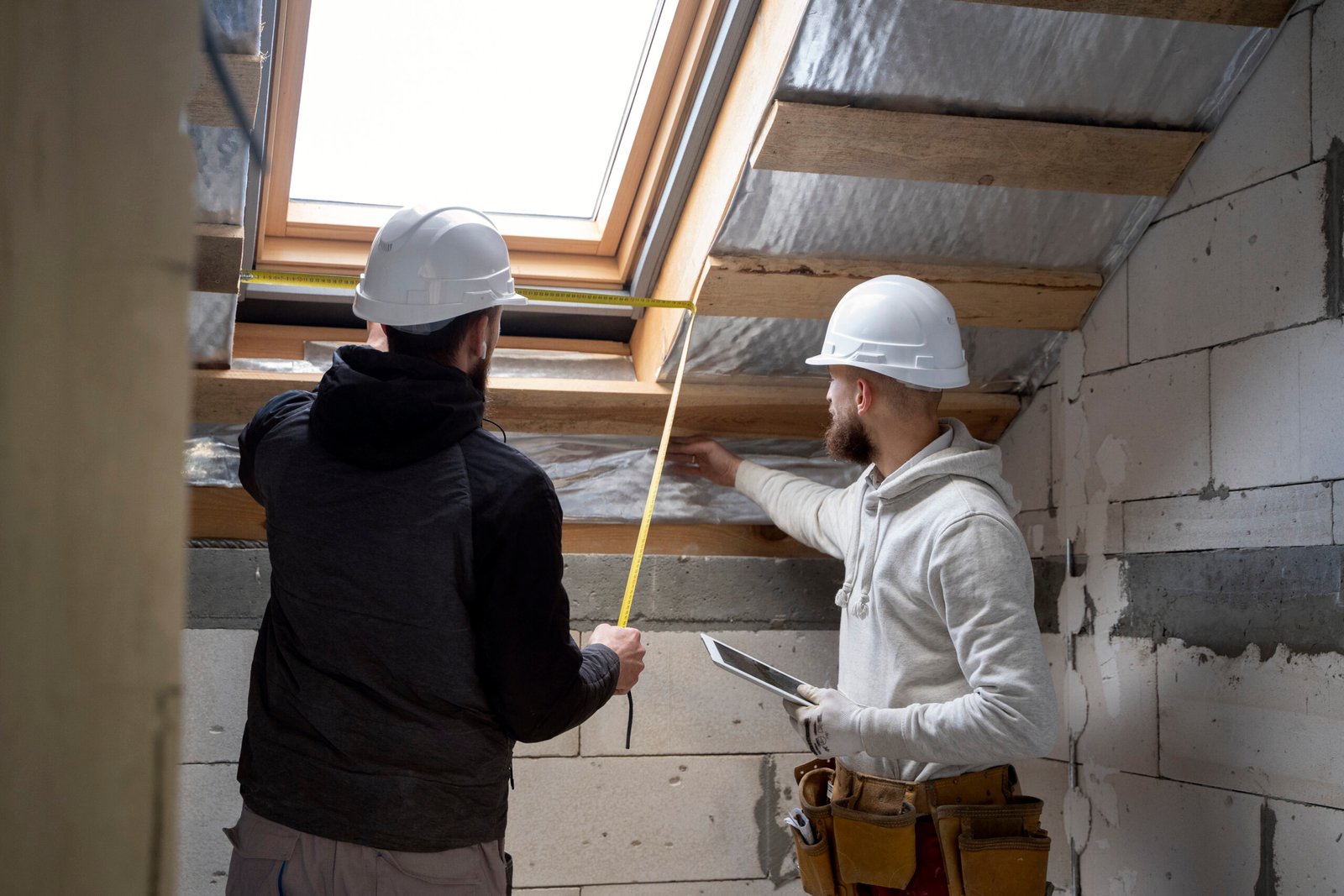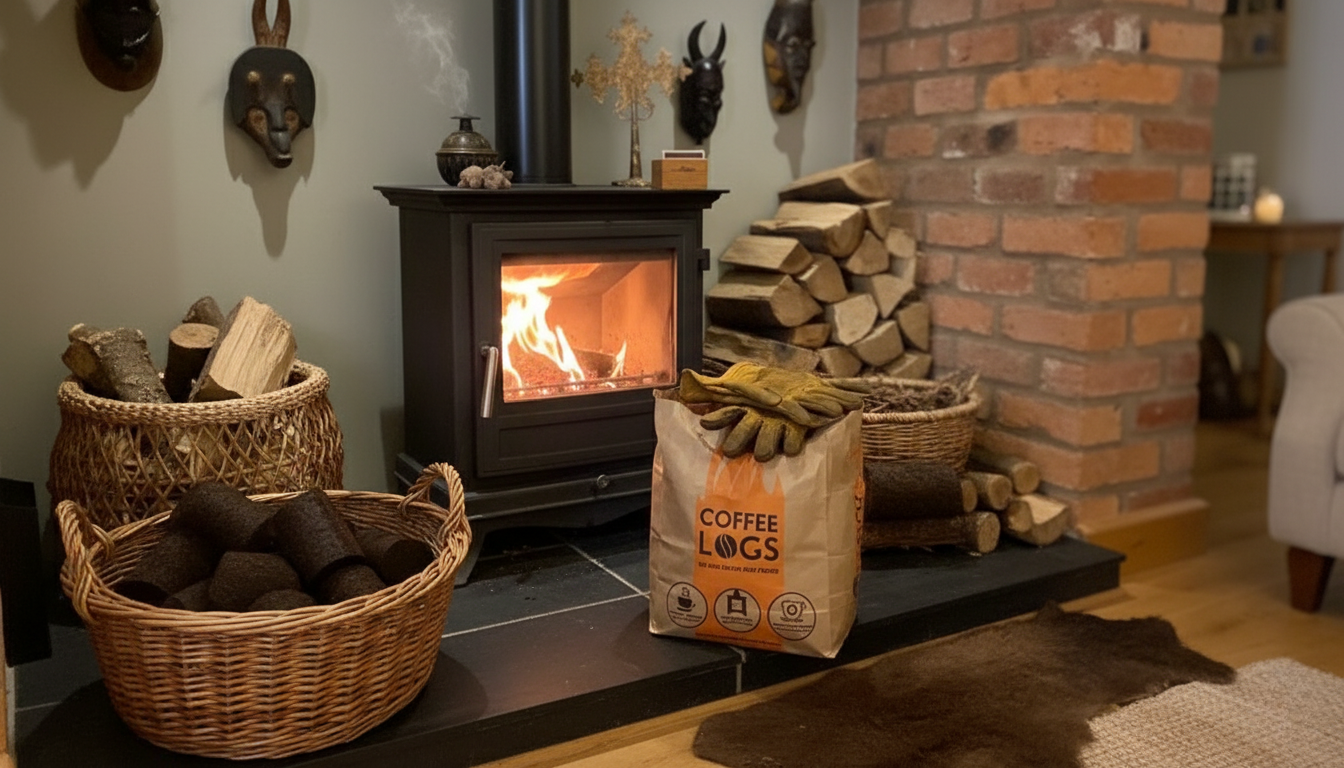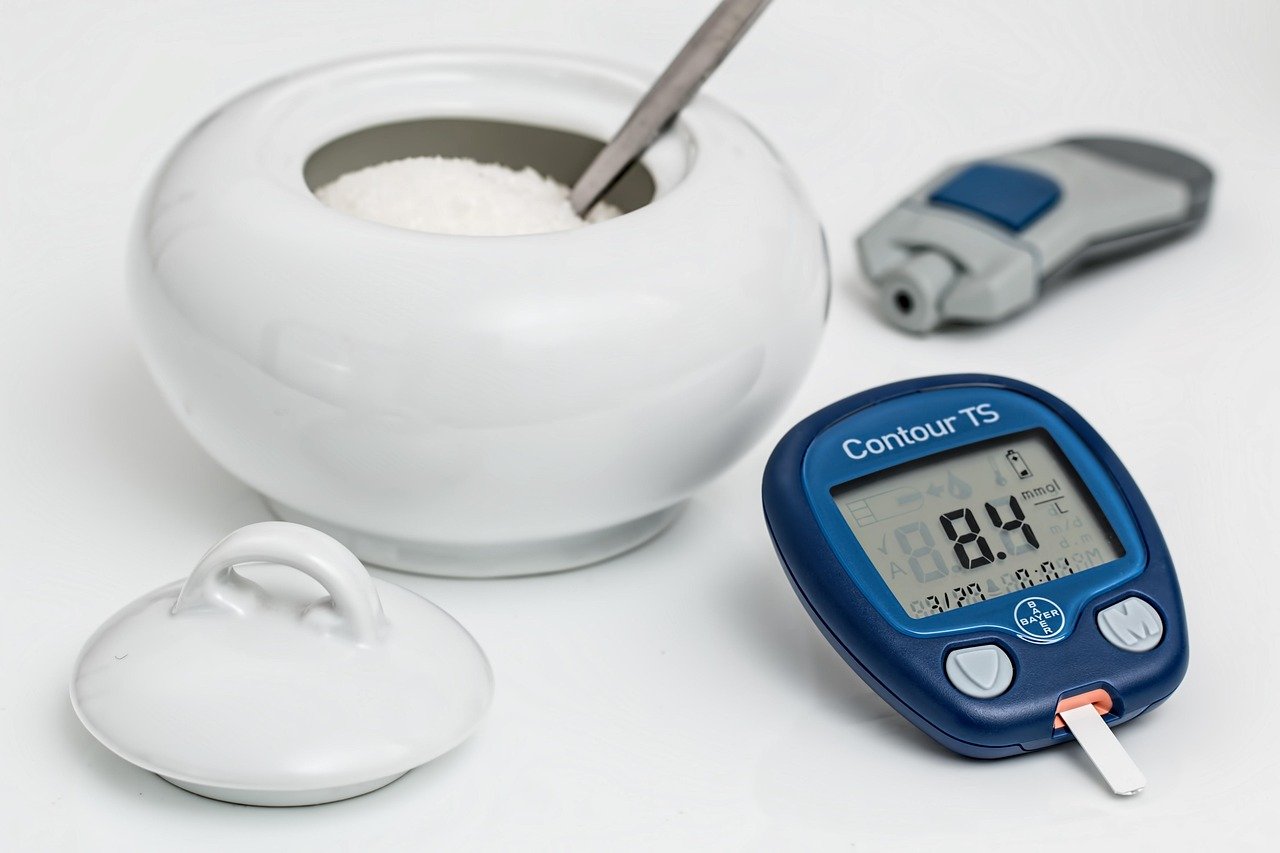Your kitchen is like a living room’s heart. The carcass of a kitchen cabinet is the hidden skeleton. It supports everything: doors, drawers, shelves, and worktops. If that skeleton is weak, the whole kitchen can sag like a tired shelf. Good design of the kitchen cabinet carcass prevents trouble later.
These tips will help you design strong, durable, practical carcasses that last. Whether you choose DIY or talk with a cabinet maker, these ideas will guide you.
1. Choose the Right Material
The material is the backbone. Think of it like bones in your body. If bones are weak, movement is limited. Common materials include:
- Plywood – strong, resists warping, good for long life.
- MDF / HDF / Particle Board – cheaper, smooth surface, but weaker against moisture.
- Solid wood – beautiful, but can warp or swell with humidity.
A guide from Kitchen Experts explains that cheaper carcass options may look fine initially, but can fail over time if boxes are made with low-quality materials.
If you live in a humid climate (kitchen steam, leaks), plywood or a moisture-resistant board is safer.
2. Decide Between Frame or Frameless
Cabinet types often use either face-frame or frameless construction.
- Face-frame: A wooden frame sits in front of the carcass. It hides edges and gives extra strength.
- Frameless: More open inside space, edges protected by edging strips. Uses modern systems like the “European style”.
Many modern kitchens use a frameless style for its clean look and full access to the interior. But frame style gives extra rigidity.
3. Use Standard System Holes (32 mm System)
If you use the 32 mm system, it’s like driving on a standardized road, everything fits. In that system, holes are spaced 32 mm apart for shelves, hinges, and hardware. This makes future changes easier.
Using that system means you can move shelves, adjust doors, and accessories fit more cleanly. It also helps when replacing parts later.
4. Plan the Dimensions and Depth
Every cabinet should have good depth and height so things inside don’t jut out or get stuck. Some tips:
- Base cabinets often are 600 mm deep (front to back) to align with counters.
- Wall cabinets may be 300 mm deep, so they don’t stick too far out.
- Make sure shelf spacing leaves room for plates, jars, and appliances.
- Leave enough internal height above each shelf for what you store.
Bad design here is like making a box too short: plates tilt, jars don’t fit.
5. Strong Joinery & Reinforcement
How you join edges matters. Weak joints are like weak stitches; they unravel under stress.
Good methods:
- Dado grooves/dados: Cut matching slots in sides and insert shelves or backs.
- Dowel/pin joints: Wooden pins connecting parts.
- Cam & lock, biscuits: Fast systems often used in flat-pack carcasses (some UK manufacturers use these)
- Glue + screws: Use both so each joint holds tight.
Make sure the bottom shelf or base can bear weight. Reinforce corners if needed.
6. Back Panel and Moisture Protection
The back of the carcass keeps things square and helps resist moisture. Some tips:
- Use a full back panel, not just a thin board.
Seal edges with paint, sealant, or edge banding so moisture doesn’t creep in. - Use a moisture-resistant board in the back if possible, especially behind sinks or near water sources.
If water or steam enters the carcass, weaker materials like MDF swell. That is damage you don’t see until it’s too late.
7. Shelf Supports & Weight Capacity
Shelves carry plates, pans, jars. They must be strong.
- Use metal shelf supports, adjustable pins in 32 mm holes.
- For heavy loads, use thicker shelf boards or additional cross braces.
- Avoid making shelves too wide without middle support—they bend over time like a sagging plank.
8. Allow for Ventilation and Services
Carcasses should allow space for plumbing, electrical wires, or vent pipes if behind cabinets.
- Leave gaps or cutouts in the back panel for pipes and wiring.
- Make sure wiring doesn’t rub against edges.
- Leave slight ventilation in some cases to avoid trapped moisture behind the panel.
9. Plan for Hardware and Hinges
How doors and drawers attach must be considered early.
- Choose hinges that match your cabinet depth and door overlay.
- If using soft-close or special hinges, ensure the carcass sidewall is thick enough.
- Consider overlay vs inset doors: overlay means the door covers the frame; inset means the door sits inside the frame opening (needs a tighter, precise carcass).
10. Test and Square Up Before Finishing
Before adding veneer, laminate, or doors, do a dry fit.
- Check if the carcass is square.
- Use clamps to hold things when gluing.
- Place doors and drawers temporarily to see alignment.
- Make small adjustments while you can.
This is like test-fitting a lid on a box: if you fix mistakes now, the finished product fits well.
Summary & Final Tips
- Good kitchen cabinet carcass design means strong materials, correct dimensions, proper joinery, and moisture control.
- Use modern systems like 32 mm hole spacing to make changes easier.
- Reinforce shelf supports and think ahead about plumbing, wires, and hardware.
- Test everything before finishing, and build a carcass that acts like a strong frame under the kitchen’s surface.
A well-designed carcass is like a reliable skeleton; it quietly holds the kitchen together, day after day.







